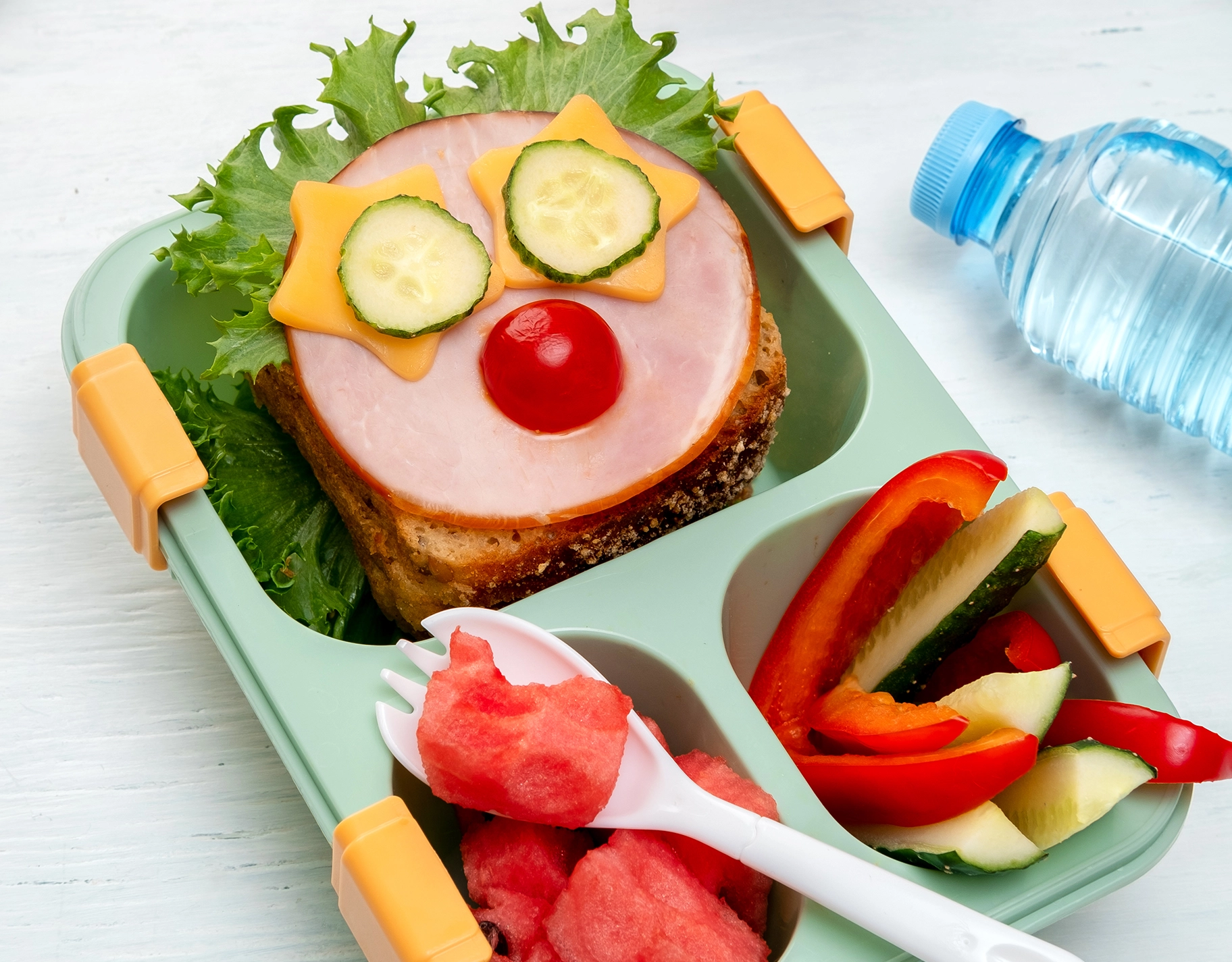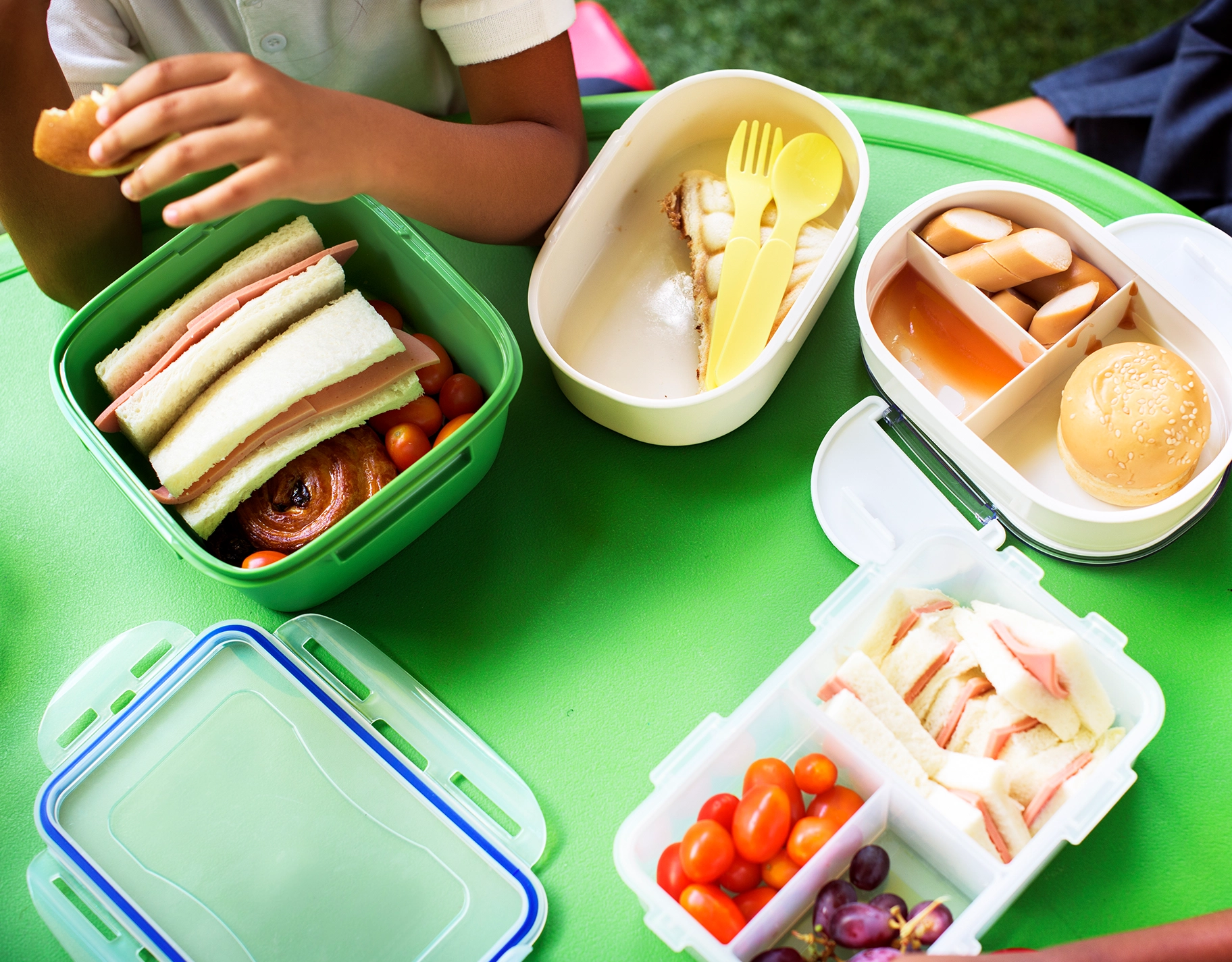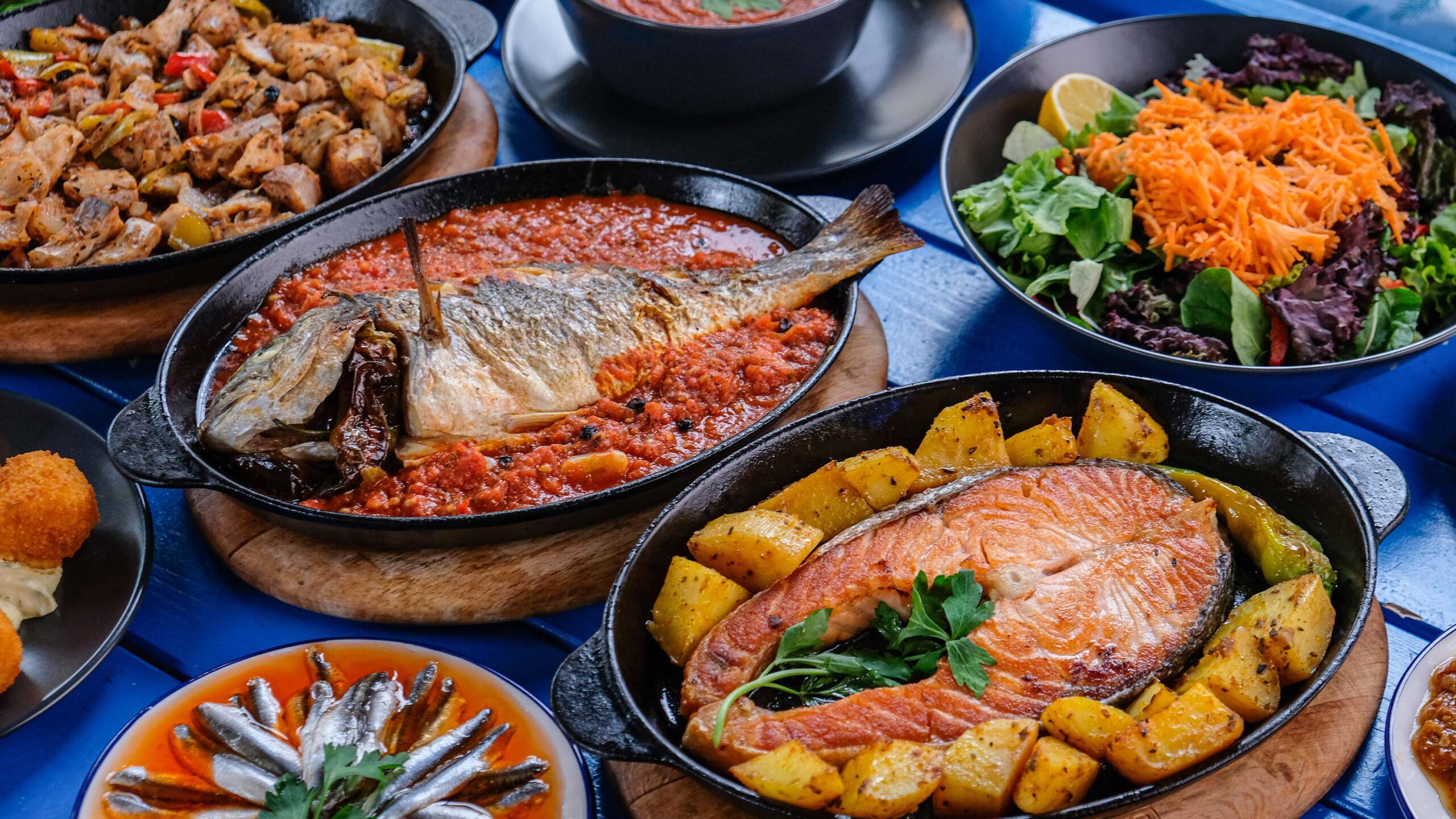Easy Tips for Parents Making Their Kids’ Bento Box
Here are some tips for parents who are building their kids’ bento boxes
Preparing a bento box can feel like a daily art challenge—one where your audience is tiny, brutally honest, and not afraid to say, “Ayoko niyan.” But with a few clever shortcuts, parents can turn everyday ingredients into lunches kids will actually finish (and maybe even brag about).
Whether you’re packing baon for preschoolers or grade-schoolers, these simple bento box tips will help make every meal nutritious, fun, and stress-free.

1. Keep Portions Small and Colorful
Kids eat with their eyes first. Add pops of color—carrots, cucumbers, cherry tomatoes, mango slices, or even purple sweet potato. Smaller portions also feel less overwhelming, especially for slow or picky eaters. It’s a bento box, not a buffet.
Pro tip: Use silicone cups or dividers to separate colors and textures—instant variety without extra effort.
2. Use Leftovers Wisely
Yesterday’s roast chicken? Shred it and turn it into mini sandwiches. Extra rice? Shape it into onigiri or fry it lightly for a quick rice ball. Making a bento doesn’t mean cooking from scratch every morning—it’s just reinventing what you already have.
Think of it as culinary recycling—with better branding.
3. Add One “Fun” Element Kids Can Look Forward To
Every bento needs something exciting—a cute cheese shape, a small fruit skewer, or even those seaweed cutouts that form a smiley face. These tiny touches turn ordinary meals into something magical. It doesn’t have to be Japanese bento box-making level, where we make octopi out of hot dogs. Just a little artistry with maybe a flower-shaped tater or something.
It’s not about perfection. It’s about delight and kids will remember which element sparked them the most joy. In fact, that’s the memory they usually hold onto when they get older.
4. Balance the Big Three: Protein, Carbs, and Fiber
A well-rounded bento box for kids doesn’t require fancy ingredients. Choose one protein (chicken, tofu, eggs), one carb (rice, bread, pasta), and one fruit or veggie. This keeps the meal filling and helps kids stay energized for the day.
Rule of thumb: If it fits the “one of each” model, you’ve already won.
5. Prep Ahead to Save Your Sanity
Cut fruits the night before. Boil eggs in batches. Portion snacks into containers over the weekend. A few minutes of prep time turns weekday mornings from chaotic to calm.
Because honestly, no parent wants to be sculpting carrots at 6 a.m.
6. Don’t Be Afraid to Repeat Favorites
Kids love routine. If the chicken nuggets or tuna sandwich is always a hit, keep it in rotation. You don’t need a brand-new masterpiece every day—just reliable meals they’ll actually eat.
Remember: You’re feeding kids, not impressing Michelin inspectors.
7. Keep Safety in Mind
Make sure hot food cools down before sealing the bento box to avoid sogginess or bacteria buildup. Avoid raw ingredients that spoil easily, especially during hotter months.
A safe meal is a happy meal—and one that comes home finished.

The True Spirit of the Bento Box is Childlike Curiosity
For kids, bento boxes are like a treasure chest. When they open up their containers, they’re always looking for what the next surprise will be. The meals inside it don’t always have to be some fancy whip-up. A lot of times, they can be just little snacks or frozen foods that have been cooked and arranged.
A bento box does more than feed our kids. It’s kind of like sending our kids with a little piece of ourselves when they go to school. That way, when they go to school, they know mom and dad still think about them.
Frequently Asked Questions (FAQs)
Some can buy from LocknLock or Tiger. Most general department stores do sell bento boxes. The branded ones normally have better heat insulation.
Rely on color theory. Kids eat with their eyes also. The brighter the colors, the better. Try also not to use foods that don’t last long outside the fridge so they still look tasty.
Absolutely! Leftover rice, meats, or roasted vegetables can be reinvented into tasty onigiri, mini sandwiches, or snack-sized portions.
Aim for one protein (chicken, tofu, egg), one carb (rice, pasta, bread), and one fruit or vegetable to ensure energy and nutrition.
Prep ingredients ahead—cut fruits, boil eggs, and portion snacks in advance. A little planning prevents morning stress and saves time.
More about food prep?
Common School Baon Mistakes To Avoid
From Kitchen Table to Filipino Staple: CDO Foodsphere Celebrates 50 Years of Feeding Generations
Easy and Healthy Snack Ideas for Little Kids To Enjoy









